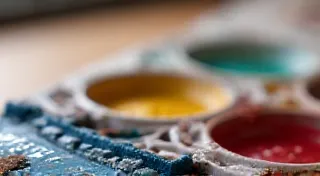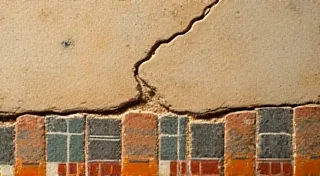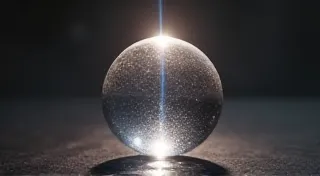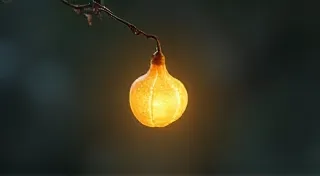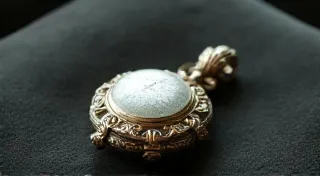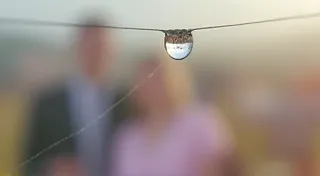The Alchemist's Garden: Mixing Subtle Hues in Miniature Landscape Painting
There's a quiet magic in miniature. A distillation of the grand, the sweeping vistas of nature, into a space you can hold in the palm of your hand. For years, I've been captivated by dollhouse gardening, not just the selection of tiny plants, but the world *around* them – the landscapes, the little vignettes of life. And within that, I'm particularly drawn to the art of miniature landscape painting. It's a craft that demands patience, observation, and a surprisingly alchemic understanding of color.
My own journey into this art form began unexpectedly. I was initially focused on restoring an antique accordion, a Hohner Victoria from the 1920s. The intricacy of its reeds, the delicate curves of the bellows, the sheer *craftsmanship* of the thing – it was breathtaking. I spent months carefully cleaning and reconditioning it, meticulously matching hues for the faded leatherette. That process, that pursuit of replicating a specific, bygone look, primed me for the subtle nuances of miniature painting. It taught me to see color not just as a single entity, but as a complex interplay of tones, shadows, and highlights.
The beauty of the early 20th century, evident in instruments like my Victoria, isn's a riot of vibrant colors. It's a refined palette, dominated by earthy tones: deep browns, muted greens, soft grays, and hints of ochre. It's the color of weathered wood, of aged leather, of the moss-covered stone of a forgotten garden. And that's precisely the color story we need to embrace in our miniature landscapes. It's a philosophy applicable beyond just paint; even the containers for your tiny plants can evoke a similar sense of timeless beauty – consider the artistry of Clay Vessels of Dreams: Crafting Scale Model Flower Pots with Soul for that perfect touch.
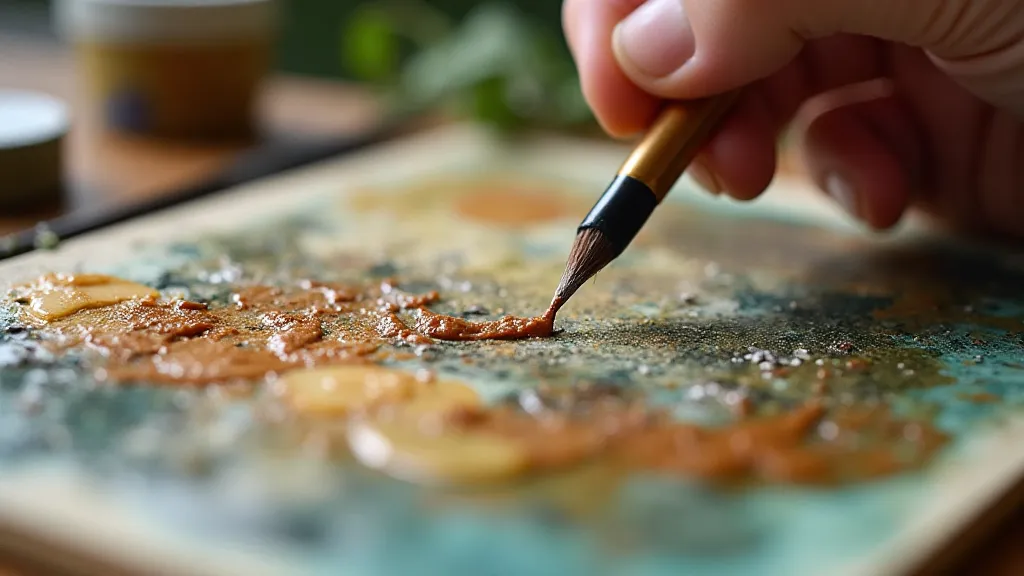
The Foundation: Mixing Your Earth Tones
Forget bright blues and fiery reds. We're building a world of quiet contemplation. Your foundation will be a blend of yellows (ochre, burnt sienna), reds (burnt umber, raw sienna), and blacks. Don't start with a pre-made "brown." The magic lies in the blending. A tiny dab of red can shift a yellow to a warm, earthy ochre. A touch of black can cool down a vibrant burnt sienna, creating a deeper, more grounded tone.
Consider the local soil of the landscape you’re creating. Is it sandy and ochre-rich? Or dark and loamy? Experiment! Mix tiny amounts of different pigments and see how they interact. A good starting point is a base of yellow ochre mixed with a tiny amount of burnt umber. From there, you can adjust the proportions to achieve a variety of brown tones.
Layering for Depth and Realism
Realism in miniature isn’t about perfect replication; it’s about suggestion. It’s about fooling the eye into perceiving depth and distance. Layering is your most powerful tool for achieving this. Start with your background elements – the distant hills, the sky. These should be the lightest and most desaturated tones. Use thin washes of diluted paint to create a hazy, atmospheric effect. The distance should feel *soft*.
As you move closer to the viewer, gradually increase the saturation and detail. The foreground elements – the rocks, the trees, the paths – should be the most vibrant and sharply defined. Consider how light would fall across the landscape. Shadows aren't just black; they’re often a deeper version of the color already present. A green hillside in shadow would be a darker, more muted green, not a solid black.
Don’t be afraid to experiment with different painting techniques. Dry brushing, where you apply a small amount of paint with a nearly dry brush, is excellent for creating a rough, textured surface, perfect for simulating rocky terrain. Stippling, applying small dots of paint, can create a grassy effect.
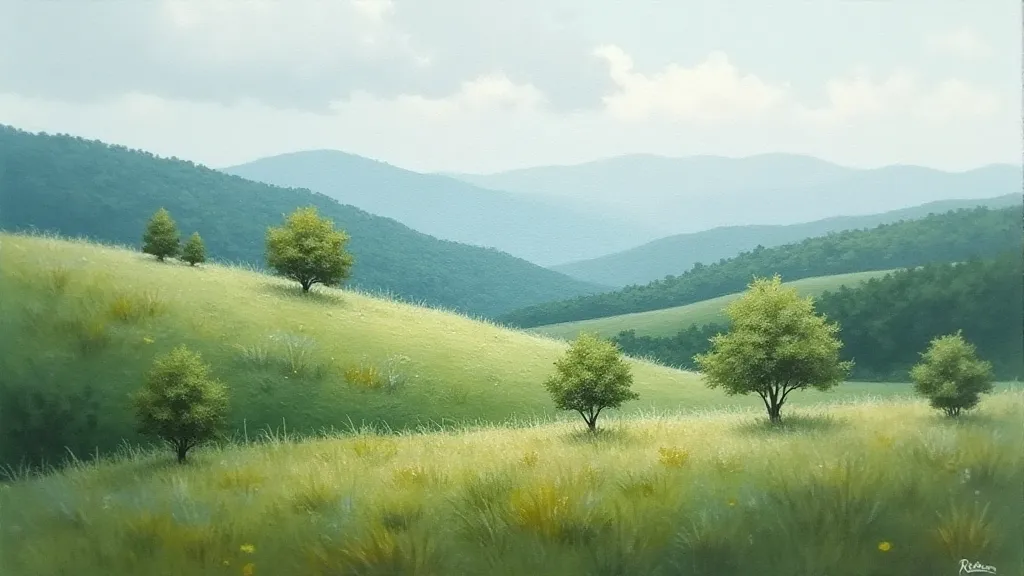
Cultivating the Illusion: Miniature Moss & the Color of Life
No miniature garden is complete without moss. And the color of moss isn’t just green. It’s a spectrum – from vibrant emerald to dusty olive, and even tinges of brown and gray where it's dry or shaded. When painting moss, use a variety of greens and subtly layer them to create a natural, textured look. Don’t just paint a solid green patch; break it up with darker shadows and lighter highlights.
Think about the environment. Moss in a damp, shaded area will be darker and more saturated than moss exposed to sunlight. And consider the surrounding elements. Moss growing on a rock will pick up the color of the rock, creating subtle variations in tone.
The Cycle of Growth: Miniature Plants and Their Challenges
Creating a believable miniature landscape isn't just about the painted backdrop; it's about the living elements that populate it. Sourcing and nurturing tiny plants presents unique challenges. Many commercially available "miniature" plants are simply dwarfs, not true miniatures adapted to a truly restricted environment. Proper propagation techniques are key to achieving authentic scale. While carefully selecting plants is important, understanding how to coax them into the size you need is even more crucial. Creating a harmonious miniature landscape requires more than just mixing colors; it demands an understanding of color theory and landscape design principles, as explored in The Cartographer's Palette: Mapping Color Harmonies in Miniature Scenes. Even a carefully painted scene can feel artificial without a living ecosystem to complement it – consider the subtle beauty and challenges explored in The Humming Seed: Propagation Techniques for Rare Miniature Plants to help bring your miniature world to life.
Training the Silhouette: Shaping Miniature Trees
Just as a skilled painter understands color, a miniature landscaper understands form. The silhouette of a tree is as important as its color. Miniature trees need to be carefully trained to achieve graceful forms. Techniques like wiring and pruning can be used to shape the branches and control the growth. It takes patience and a keen eye to guide these tiny trees into the desired shape, but the results are well worth the effort. The subtle art of guiding these living sculptures demands an appreciation for both horticulture and artistry.
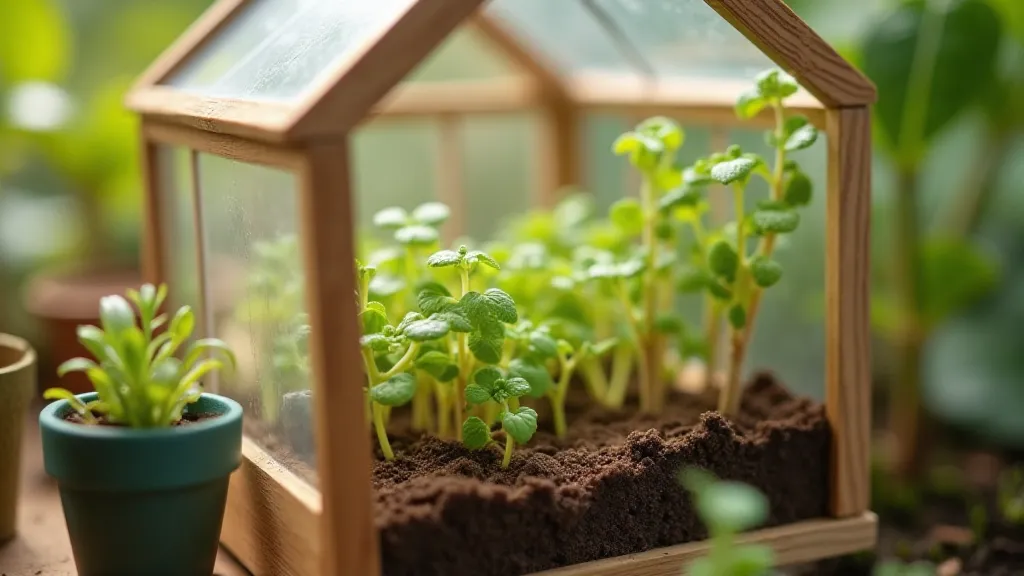
The Importance of Observation and Practice
Just as restoring my accordion required meticulous observation of the original materials, so too does miniature landscape painting demand careful study of the natural world. Spend time observing the colors and textures of real landscapes. Take photographs of rocks, trees, and moss. Pay attention to how the light falls on them.
And most importantly, practice. Don’t be discouraged if your first attempts aren’t perfect. Miniature painting is a skill that takes time and effort to develop. But with patience and persistence, you can create miniature landscapes that are both beautiful and evocative.
Embracing Imperfection – the Wabi-Sabi of Miniatures
There’s a Japanese aesthetic principle called *wabi-sabi*, which celebrates the beauty of imperfection and impermanence. This principle is particularly relevant to miniature landscape painting. A perfectly replicated landscape can feel sterile and lifeless. Embrace the subtle flaws, the slight variations in tone, the occasional brushstroke that isn't quite perfect. These imperfections are what give your miniature landscape character and charm.
Like the subtle wear and tear on my antique accordion, those little imperfections whisper stories of time and craftsmanship.
Creating Harmonious Scenes
Creating a harmonious miniature landscape requires more than just mixing colors; it demands an understanding of color theory and landscape design principles, as explored in The Cartographer's Palette: Mapping Color Harmonies in Miniature Scenes.
The alchemy of miniature landscape painting isn't just about mixing colors; it’s about creating a portal to another world, a world of quiet beauty and endless possibility. And like any good craftsman, it’s about appreciating the process as much as the final product.
